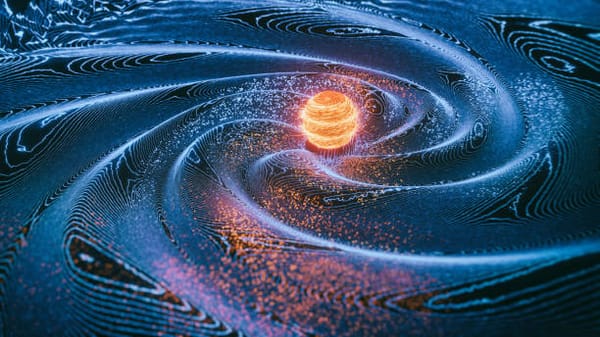Breakthrough in Meteorite Analysis Reveals Clues to Life's Beginnings
Researchers have successfully identified key nitrogen compounds, including amino acids and hydrocarbons, within the Winchcombe meteorite using a chemical-free analysis technique.
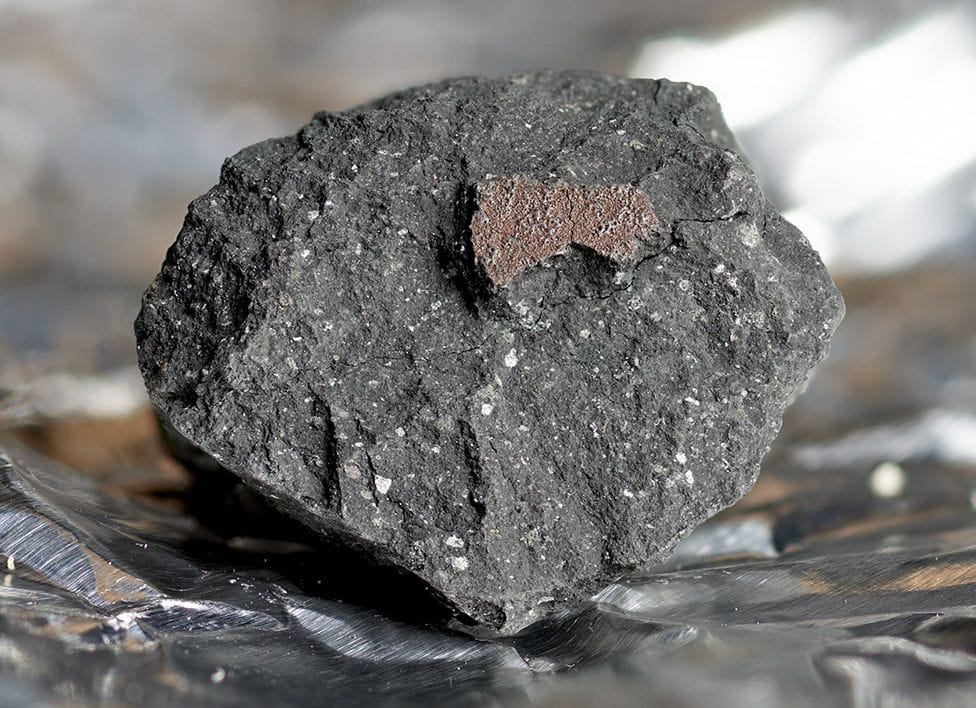
Introduction
The universe has long been a canvas of mysteries waiting to be unraveled. In the vast expanse of space, celestial bodies like meteorites hold invaluable clues to understanding the origins of our solar system and perhaps even life itself. Recently, a groundbreaking discovery has emerged from the Winchcombe meteorite, shedding light on the cosmic building blocks of life without the need for chemical treatments. This extraordinary feat of scientific exploration not only deepens our understanding of the universe but also opens new avenues for future research into the origins of life on Earth and beyond.
What Meteorites Exactly Are?
A meteorite is a solid piece of debris from an object, such as a comet, asteroid, or meteoroid, that originates in outer space and survives its passage through the atmosphere to reach the surface of a planet or moon.
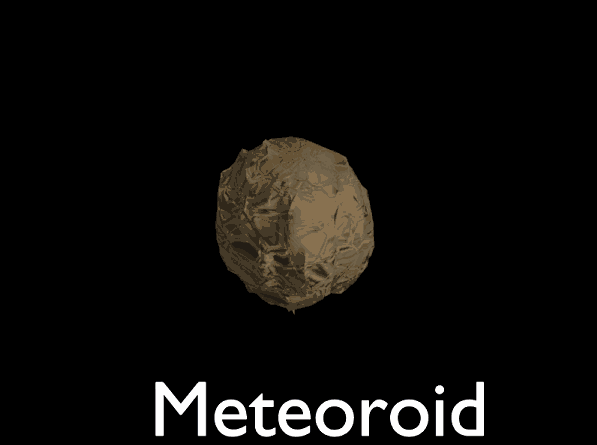
When the object enters the atmosphere, various factors like friction, pressure, and chemical interactions with the atmospheric gases cause it to heat up and radiate that energy. It then becomes a meteor and forms a fireball, also known as a shooting star or falling star; astronomers call the brightest examples "bolides." Meteorites vary greatly in size. For geologists, a bolide is a meteorite large enough to create a crater.
Meteorites have traditionally been divided into three broad categories: stony meteorites are rocks, mainly composed of silicate minerals; iron meteorites that are largely composed of metallic iron-nickel; and, stony-iron meteorites that contain large amounts of both metallic and rocky material. Modern classification schemes divide meteorites into groups according to their structure, chemical and isotopic composition and mineralogy.
The Cosmic Treasures
Meteorites, remnants of asteroids, serve as cosmic time capsules, preserving primordial material that dates back billions of years. These celestial travelers offer scientists a glimpse into the early stages of our solar system's formation, encapsulating a rich array of elements and compounds essential for understanding our cosmic origins. The Winchcombe meteorite, observed and collected in England in February 2021, stands as a testament to the enduring mysteries awaiting discovery in the vastness of space.
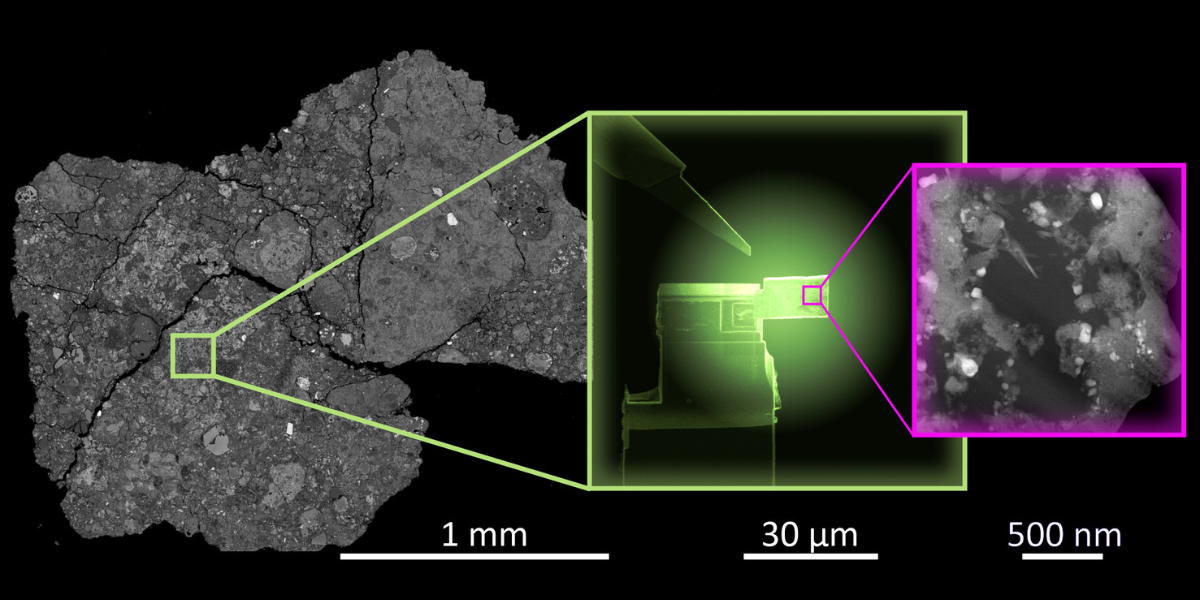
Unlike conventional approaches that rely on chemical treatments to extract organic compounds, scientists have pioneered a revolutionary method that bypasses these interventions. Led by Dr. Christian Vollmer and his team from the Institute of Mineralogy at Münster University, researchers have successfully identified key nitrogen compounds, including amino acids and hydrocarbons, within the Winchcombe meteorite using a chemical-free analysis technique. This milestone achievement, detailed in a study published in the prestigious journal Nature Communications, marks a significant leap forward in our quest to understand the origins of life.
Exploring the Significance
The implications of this discovery are profound, touching upon fundamental questions about the emergence of life in the universe. The presence of amino acids and other organic compounds within meteorites suggests that the building blocks of life may have been delivered to Earth from outer space billions of years ago. This tantalizing possibility challenges traditional views on the origins of life, hinting at a cosmic narrative where the seeds of life were sown across the cosmos.
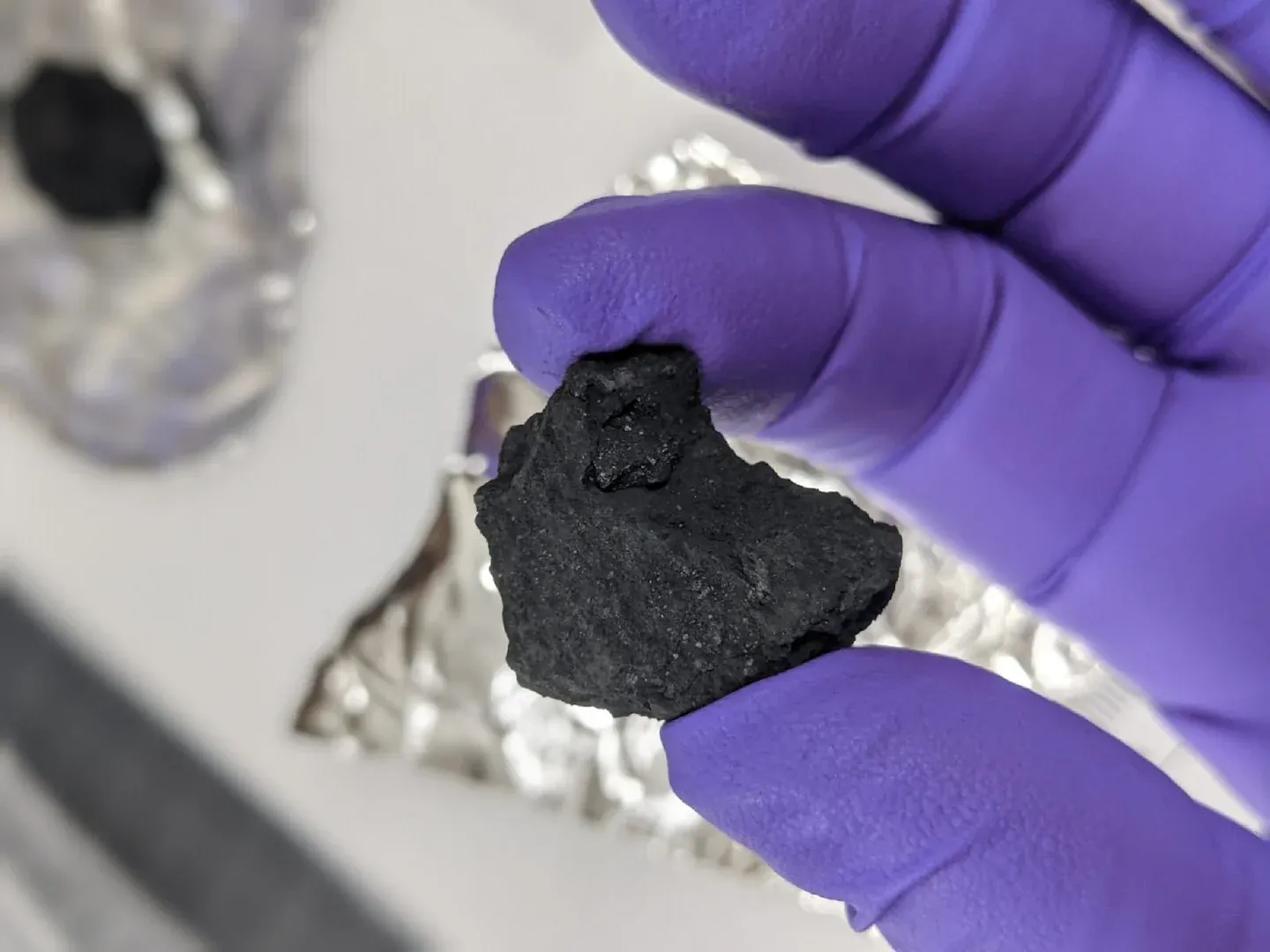
Moreover, the ability to analyze extraterrestrial specimens without resorting to chemical treatments opens new horizons for scientific inquiry. By leveraging advanced research techniques, such as high-resolution electron microscopy coupled with innovative detector designs, scientists can delve deeper into the composition of meteorites and other cosmic materials. This not only enhances our understanding of the universe's chemical makeup but also mitigates the risk of altering fragile organic compounds during analysis.
NASA's Search For Life
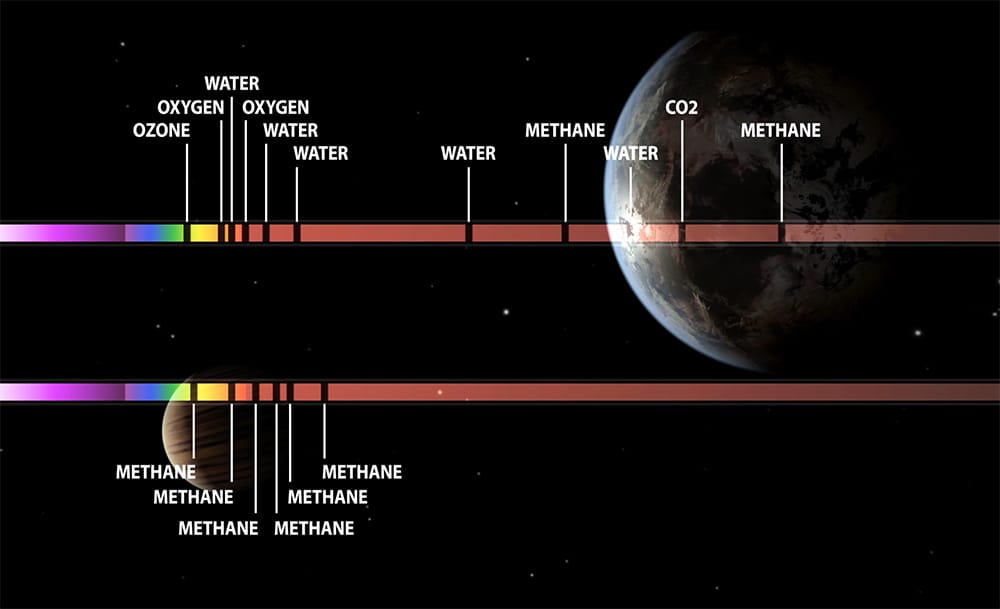
NASA says, When we analyze light shot by a star through the atmosphere of a distant planet—a technique known as spectroscopy—the effect looks like a bar code. The slices missing from the light spectrum tell us which chemicals or gases are present in the alien atmosphere. One pattern of black gaps might indicate methane, another, oxygen. Seeing those together could be a strong argument for the presence of life. Or we might read a bar code that shows the burning of hydrocarbons; in other words, smog. Even without listening in on their conversations, the aliens’ reasonably advanced technology would be known to us by its pollution.
Looking Ahead
As humanity embarks on a new era of space exploration, fueled by ambitious missions to asteroids, comets, and beyond, the implications of this discovery reverberate across the cosmos. The successful analysis of the Winchcombe meteorite serves as a testament to human ingenuity and perseverance in the face of cosmic mysteries. Looking ahead, future missions to retrieve extraterrestrial samples, such as the dust particles collected by the Japanese Space Agency (Hayabusa2) and NASA's (OSIRIS-REx) asteroid missions, hold the promise of further unraveling the secrets of the universe. By building upon the techniques and methodologies pioneered in this study, scientists stand poised to unlock new insights into the origins of life and the evolution of planetary systems throughout the cosmos.
FAQs
What is an exoplanet?
An exoplanet is a planet outside our solar system, usually orbiting another star. They are also sometimes called "extrasolar planets," "extra-" implying that they are outside of our solar system.
What are exoplanets made of?
Exoplanets are made up of elements similar to that of the planets in our solar system, but their mixes of those elements may differ. Some planets may be dominated by water or ice, while others are dominated by iron or carbon.
How do planets form?
Dust clumps around stars become pebbles, pebbles become larger rocks that grind together to expand. The presence of gas helps particles of solid material stick together. Some break apart, but others hold on. These are the building blocks of planets.
Conclusion
The quest to unravel the mysteries of the universe is an ongoing journey fueled by curiosity, perseverance, and innovation. The discovery of amino acids and other organic compounds within the Winchcombe meteorite represents a triumph of scientific ingenuity, offering a tantalizing glimpse into the cosmic origins of life. As we continue to push the boundaries of exploration, each new revelation brings us closer to understanding our place in the cosmos and the profound interconnectedness of all life in the universe.




